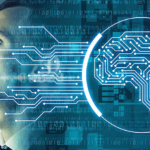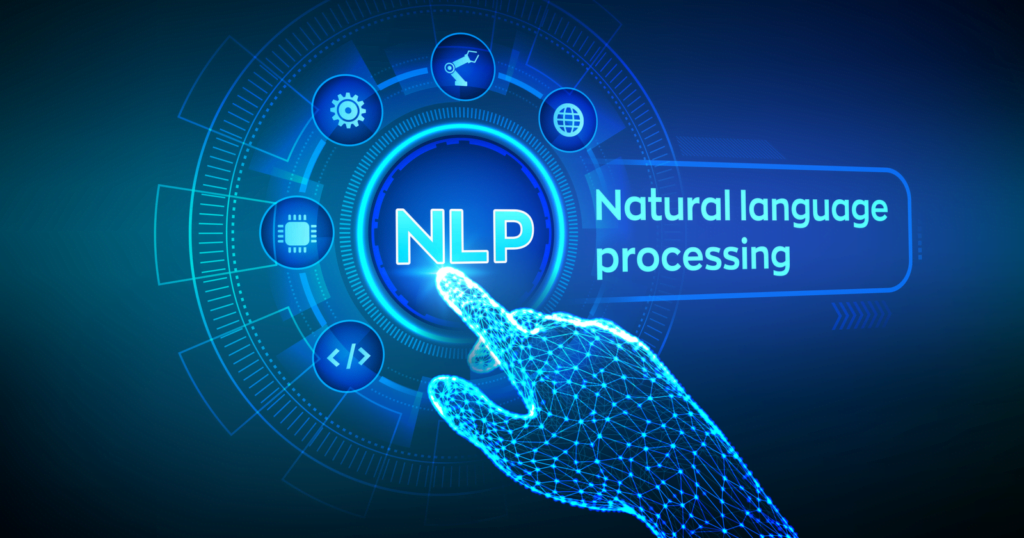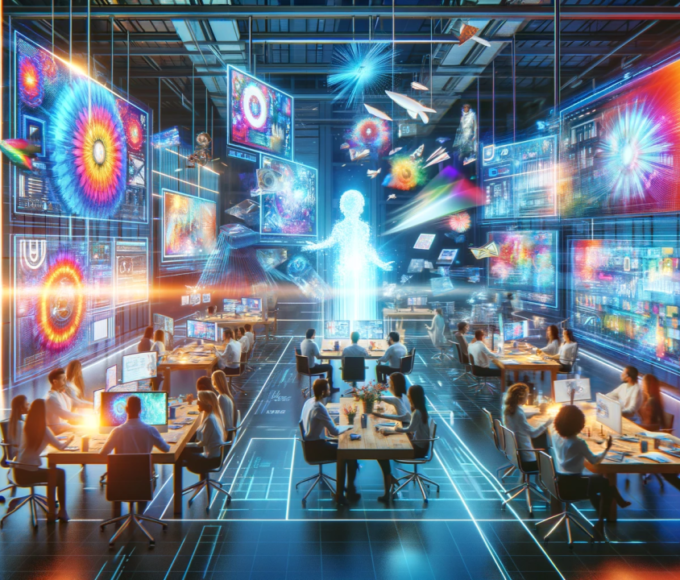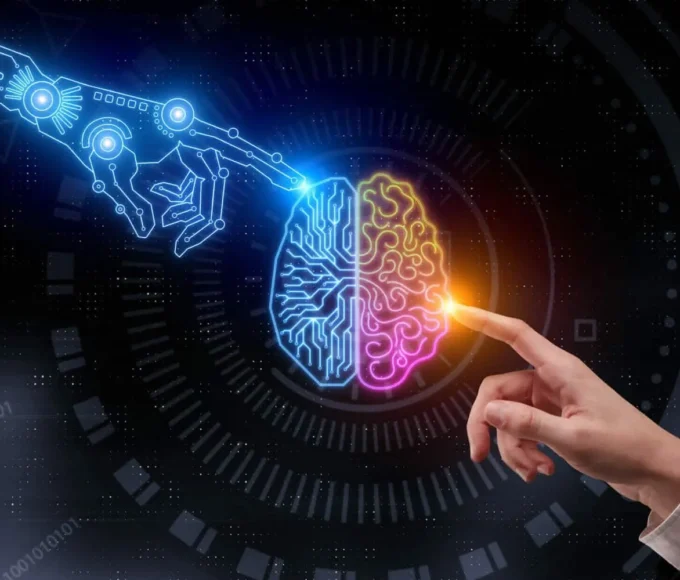The intersection of artificial intelligence (AI) and brain-computer interfaces (BCIs) has ushered in a new era of communication, offering hope and opportunity to individuals with severe physical disabilities and neurological disorders. BCIs, devices that establish a direct link between the human brain and external technology, have rapidly advanced in recent years, allowing people to communicate, control devices, and interact with the world in ways once thought impossible. AI plays a pivotal role in enhancing the capabilities of BCIs, making these innovations more accessible and effective. In this article, we will explore the fascinating synergy between AI and BCIs and its potential to unlock new frontiers in communication.
The Basics of Brain-Computer Interfaces
BCIs are ground-breaking technologies that bridge the gap between the human brain and computers or other external devices. They consist of electrodes implanted in or placed on the surface of the brain, which record neural activity and translate it into digital signals that can be used to control external systems. Non-invasive BCIs, which use sensors placed on the scalp, are also available, although they tend to have lower precision.
BCIs have been a game-changer for individuals who have lost the ability to communicate or control their environment due to conditions such as amyotrophic lateral sclerosis (ALS), spinal cord injuries, or locked-in syndrome. These technologies offer newfound independence and a voice to those who have long been silenced.
The Role of AI in BCIs
AI, specifically machine learning and deep learning, is a driving force behind the evolution of BCIs. Here are several key ways AI enhances BCIs:
Data Processing: BCIs generate vast amounts of data from neural activity. AI algorithms can process this data to extract meaningful information, such as specific brain patterns associated with particular actions or intentions.
Predictive Models: AI can create predictive models that anticipate a user’s intentions based on their brain activity. For instance, a BCI can learn to recognize the patterns corresponding to a person’s desire to move a cursor on a computer screen or type a specific letter.
Improved Accuracy: Machine learning enables BCIs to become more accurate over time. They can adapt to changes in a user’s neural signals, reducing errors and enhancing control.
Natural Language Processing: AI-driven BCIs can facilitate natural language communication for those who are unable to speak or type. By decoding brain signals, AI can convert thoughts into text or speech, allowing users to express themselves more effectively.
Applications of AI-Enhanced BCIs
The fusion of AI and BCIs has a profound impact on various aspects of communication and daily life:
Assistive Communication: BCIs with AI capabilities enable individuals with severe speech and motor impairments to communicate fluently. This not only enhances their quality of life but also opens up opportunities for education and employment.
Mobility and Control: AI-powered BCIs can help users control wheelchairs, robotic arms, and other devices with precision, offering newfound independence and mobility.
Neurorehabilitation: BCIs combined with AI can aid in neurorehabilitation by providing real-time feedback to individuals recovering from stroke or brain injuries. This feedback can help patients regain motor control.
Mental Health: AI-BCI combinations are being explored for applications in mental health, such as detecting and managing conditions like depression, anxiety, and PTSD by monitoring brain activity and providing timely interventions.
Challenges and Ethical Considerations
While AI-enhanced BCIs hold great promise, there are challenges and ethical concerns to address. Privacy, security, consent, and potential misuse of these technologies require careful consideration. Additionally, there is a need for improved accessibility and affordability to ensure that BCIs are available to a broader range of individuals who could benefit from them.
The synergy between AI and BCIs is revolutionizing communication for people with disabilities and offering unprecedented opportunities for those seeking enhanced control over their environment. With continued research and development, we can expect AI-BCI combinations to become more sophisticated and accessible, ultimately empowering individuals to communicate and interact with the world in ways previously unimaginable.
As these technologies advance, it is essential to strike a balance between innovation and ethics, ensuring that the benefits of AI-enhanced BCIs are realized while minimizing potential risks. In doing so, we can unlock new frontiers in communication and empower a more inclusive society.
















Leave a comment